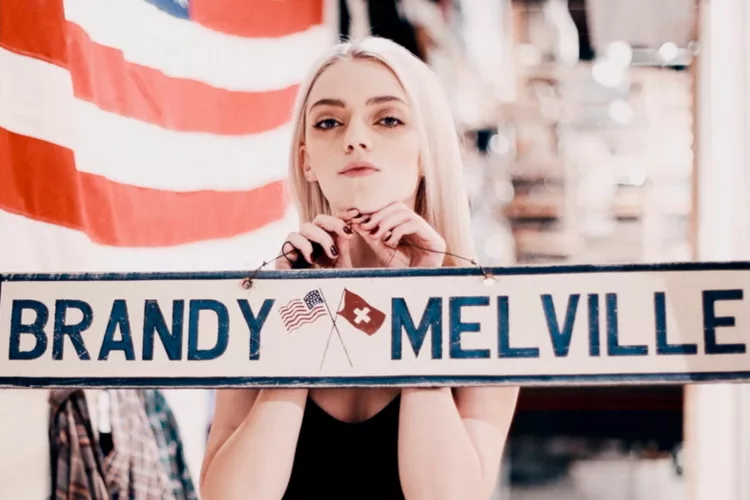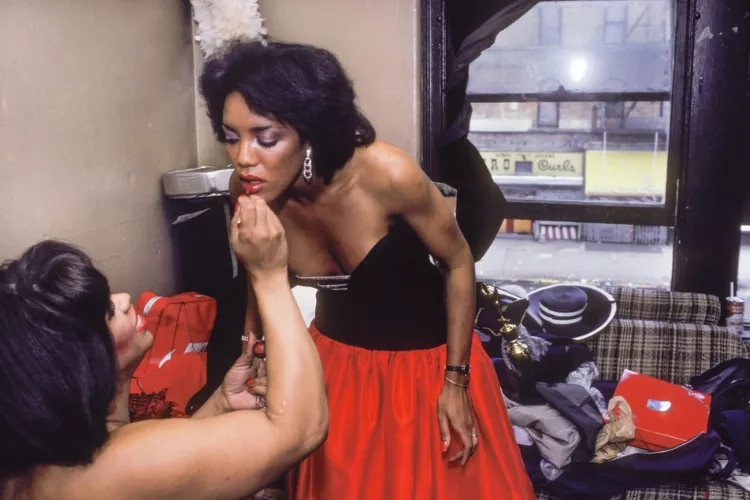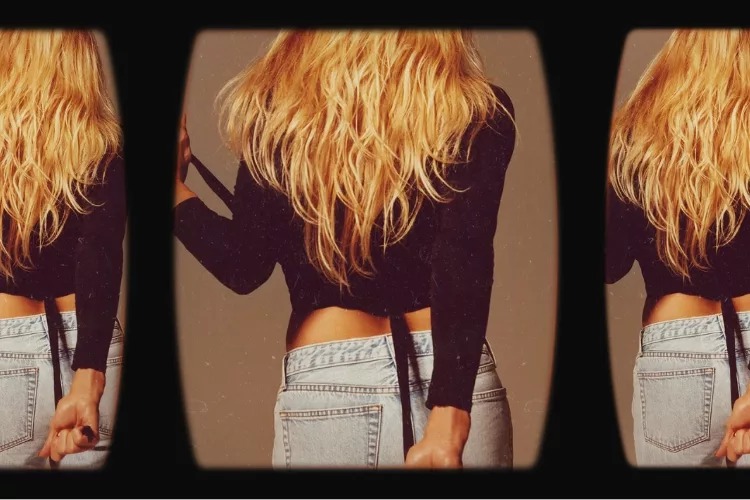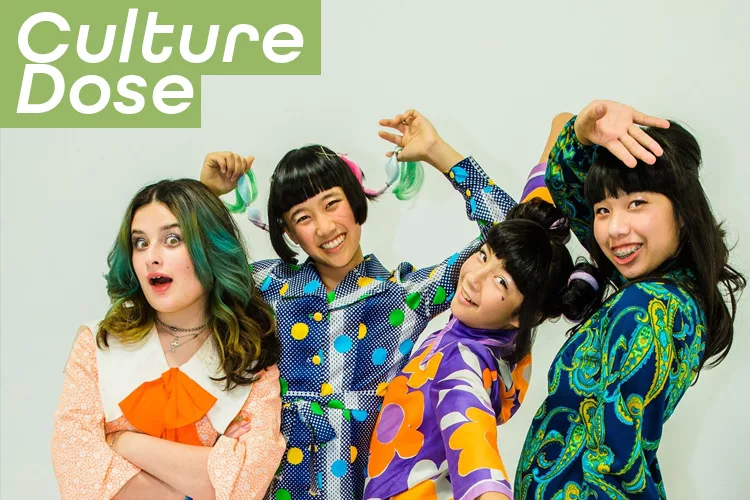Ballet-core is still going strong. Here’s where it came from!
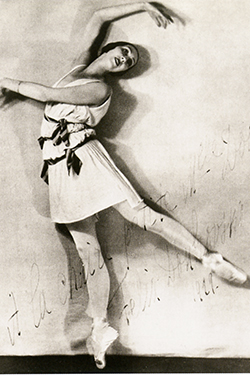
Ribbons, bows, dainty tops, lace, leg warmers, leotards, ballet flats, wraptops, kneesocks, Margiela Tabi’s, tights, and pastels. Ever popular now due to the rise in ballet-core or ballerina-esque style that encompasses not just the dancer but the essence of the dance world and its feminine roots.
But where does this trend actually originate? How long has it held distinct space in the fashion world?
If you too are curious about the origin of ballet-core, NKM has you covered!
This trend comes as a natural progression from athleisure and a continuation of heightened and sophisticated shapewear that brands like SKIMS have recently perfected.
Alongside other maximalism trends, the emergence of ballet-core feels like a breath of fresh air. It really focuses on the elegant and minimalist, which makes room for the timeless styles and creamy pastels to really shine on their own.
Youtuber Mina Lee (who makes many historical fashion and commentary videos focusing on trends/pop culture) made a video delving into the history behind this ballet trend. Below are some of her main points.
The Beginnings of Ballet
The earliest forms of ballet happened in Italy in the 1500s. Terms like “ballet” and “ball” stem from the Italian word “ballare” which means “to dance”. When Catherine de Medici married King Henry II, early dance styles began appearing in court life in France. This eventually influenced Louis XIV of France to open the artistic institution the Académie Royale de Danse in 1661 to train professional dancers to entertain his court (although it was originally male-dominated).
Early 1830s
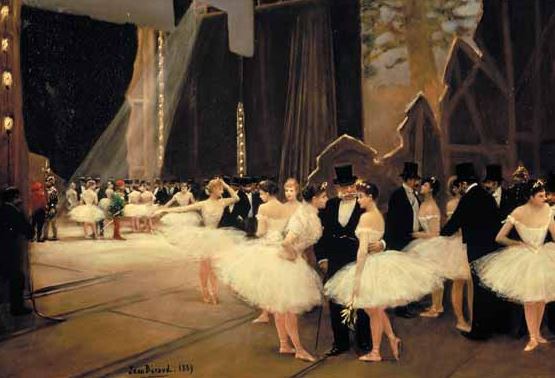
Ballet first emerged as an elite art form in the early 1830s for aristocrats. This is where the ultra-feminine styles we now are familiar with began to take form. The privatization of ballet happened during this period. This led to sexual commodification of dancers, increased male audience, invention of the pointe shoe, and romantic themes of supernatural exotic folklore. These factors influenced the subsequent feminization of ballet.
The Pointe Shoe
The great Romantic-era ballerina of the time, Marie Taglioni, pioneered the en pointe technique, and subsequently wore the first pointe shoe. Her role as La Sylphide led to increased stardom as she donned influential pointe shoes, corsets, and luxe fabrics on stage.
The 1920s: A move to athleticism
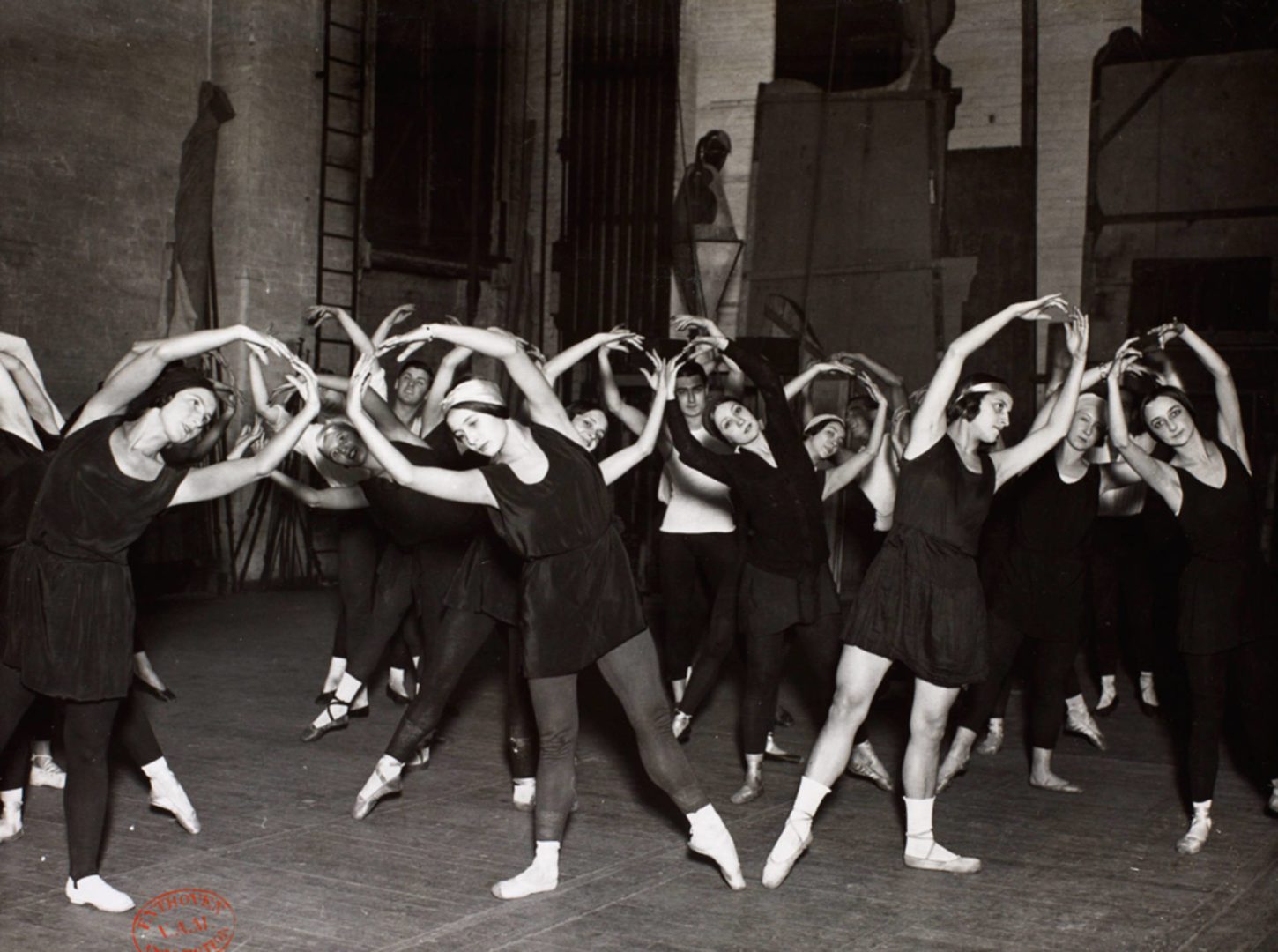
According to ballet historian and author Ilyana Karthas, the 1920s then promoted images of femininity and masculinity within a new context of the physical body, athleticism and exercise, and the general health of the nation.
The Ballet Russes
Partrica Mears, Deputy Director at the Museum at FIT, credits the Ballets Russes, a ballet company founded in Paris and produced by Russian-born Serge Diaghilev, as first popularizing ballet as a source of inspiration for fashion designers. The Ballets Russes is also known as being one of the most influential 20th century ballet companies due to their collaboration with many prominent artists/designers of the time such as Debussy, Stravinsky, Picasso, Matisse, and Coco Chanel and Paul Poiret.
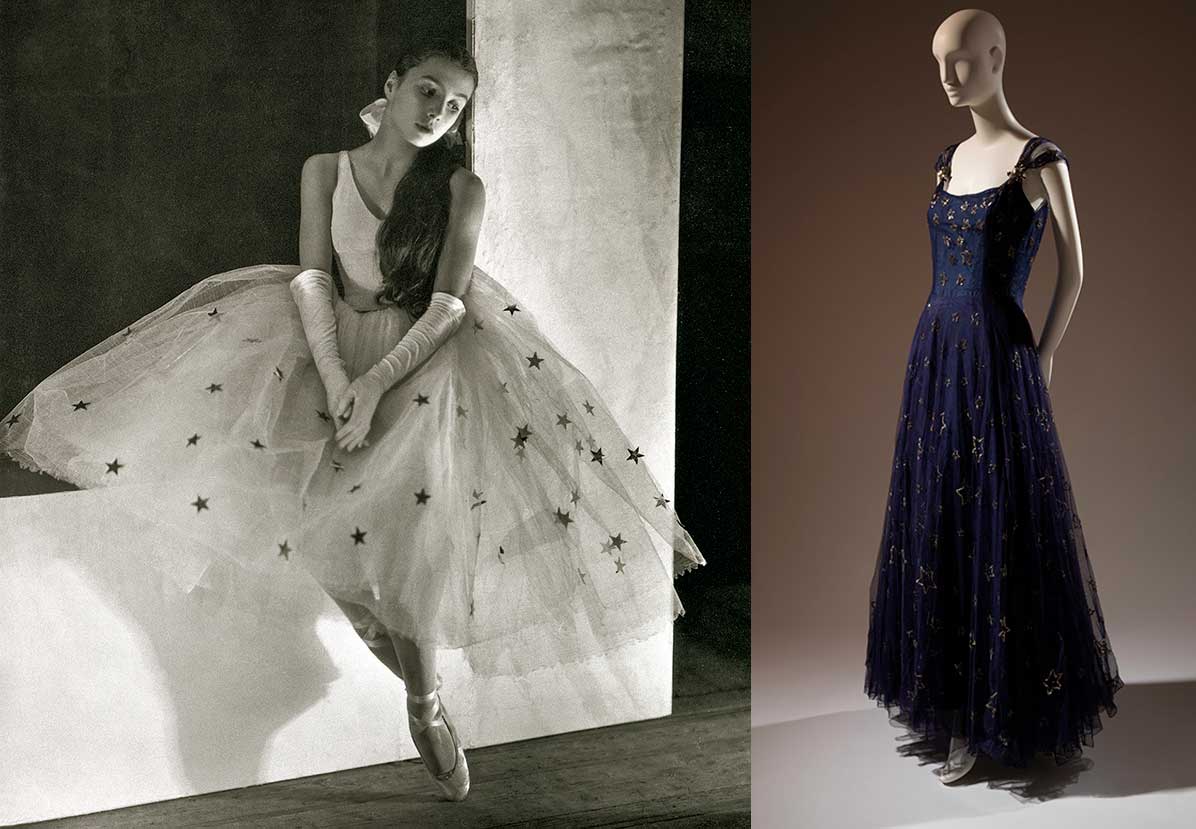
The 1932 Cotillon Ballet choreographed by George Balanchine and featuring 13 year-old Tamara Toumanova (shown here) is thought to be the inspiration for Chanel’s 1930s tulle gowns. (and the beginning of the “baby ballerina”)
Also, the production of Sleeping Beauty with costumes in bluebird blue and lilac inspired Elsa Schiaparelli to make her second signature color sleeping blue.
From the 1930s to the present, silk tulle and chiffon have been the core fabrications on which tutus were made, with bell-shaped silhouettes and fitted bodices. These elements may still be seen as inspiration for designers in addition to the pink and white color story the ballet mainly used.
From Pointe Shoe to Ballet Flats
The flat-heeled “ballerina” slipper is worn by millions today. In 1941, fashion editor Diana Vreeland pioneered the idea of ballet shoes as streetwear because they were exempt from wartime restrictions
Designer Claire McCardell was the first to incorporate the ballet flat in her designs, as she could find no other shoe to use in her fashion presentation and incorporated actual ballet slippers by Capezio dance company.
Inspirations behind this trend today include Natalie Portman in Black Swan, Lily-Rose Depp, Elle Fanning, Audrey Hepburn, Alexa Chung, etc.
Ballet’s Influence on Fashion Now
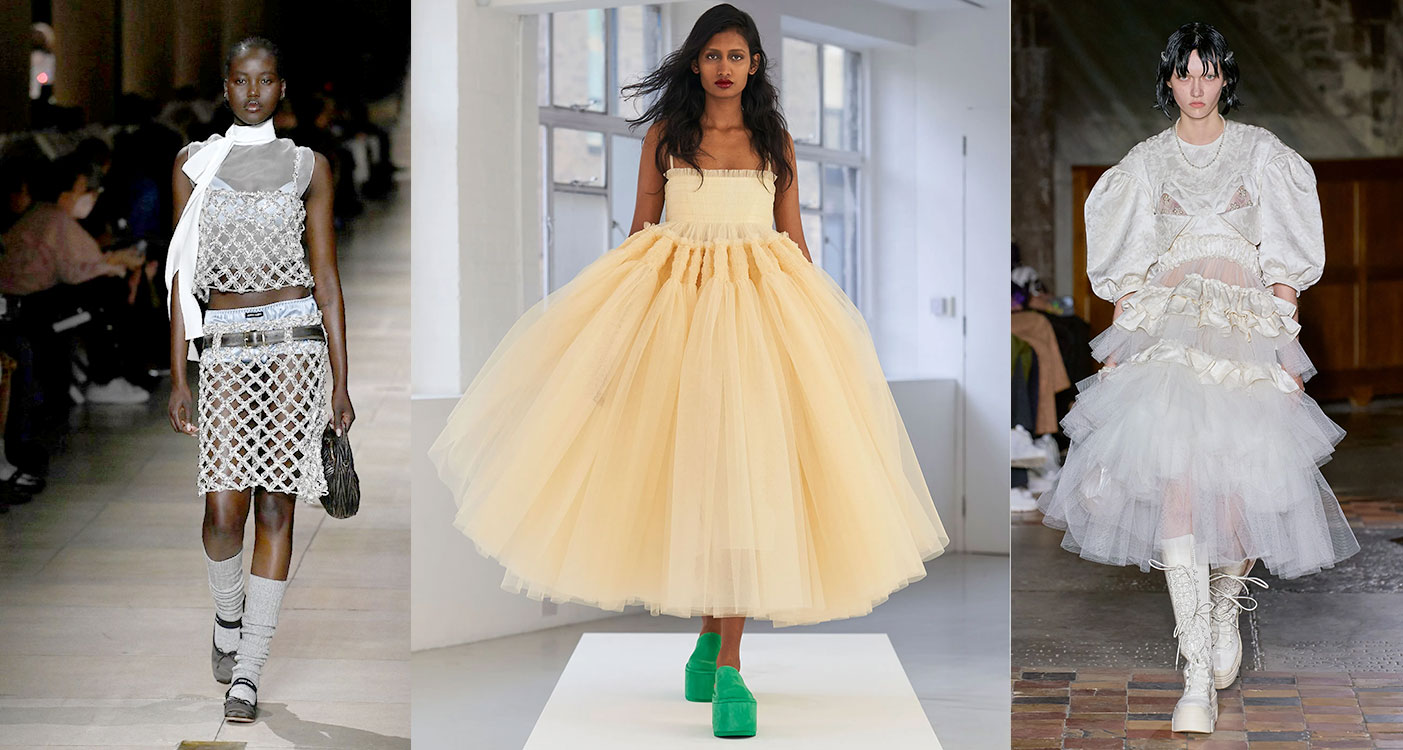
The 2022 runway has also taken large inspiration from ballet-esque styles, with Miu Miu’s signature ballet flats and leg warmers, Simone Rocha’s tulle tutu dresses and platform ballet “flats” and Zimmermann’s inherently ballerina flouncing garments. Molly Goddard might be considered the precursor with her famous tulle dresses that she’s been designing since 2016.
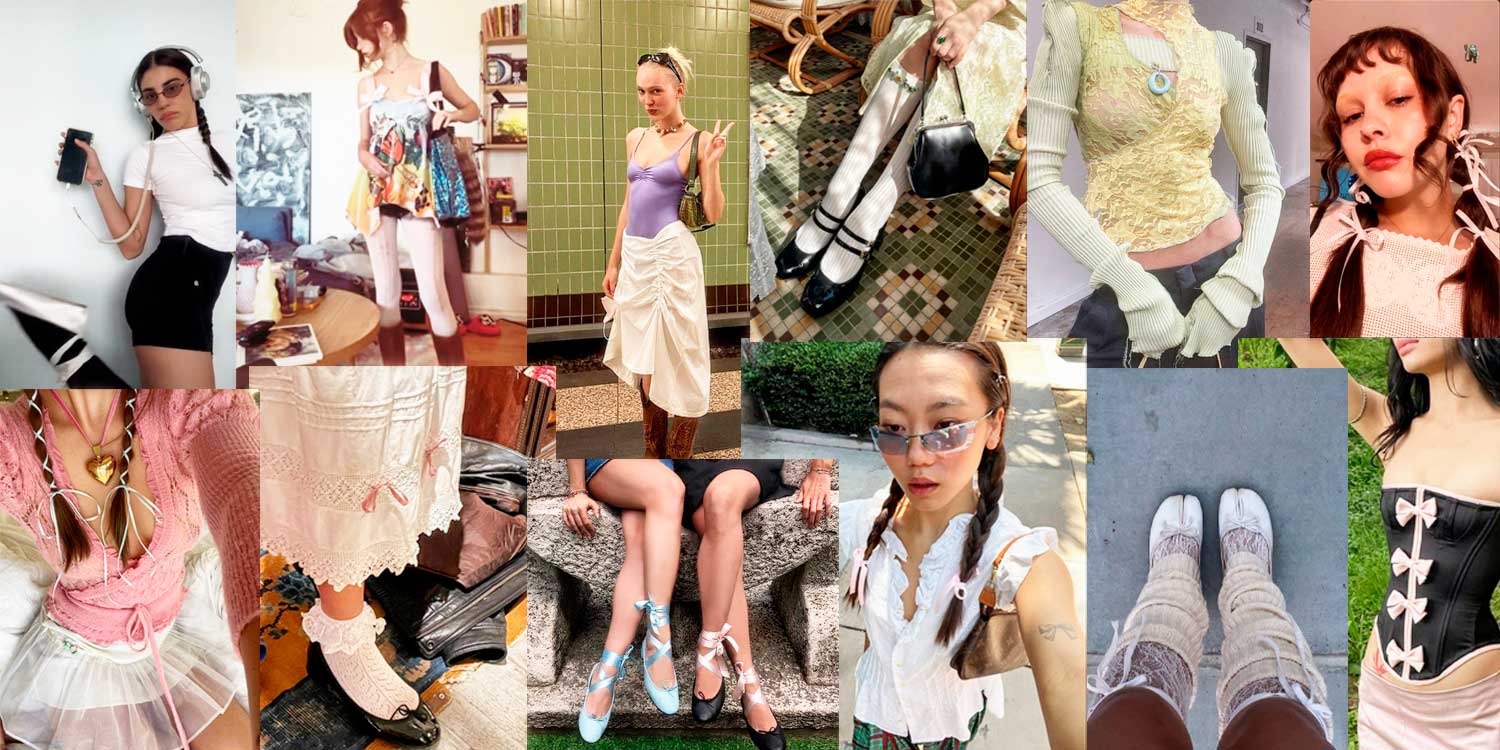
From runway to everyday wear, this trend has been translated into more wearable styles like the casual leotards with midi-length skirts or ballet flats paired with knee high socks. Ballet-core can be comfortable yet sophisticated clothing that is both flattering and intrinsically feminine.
–Caroline Jenkins
Related Articles
Style Inspo: Fave Style from Instagram with Shayna Klee
Style Inspo: fave style from instagram with Samata
Wardrobe Therapy is our New Favorite Kind of Therapy!

